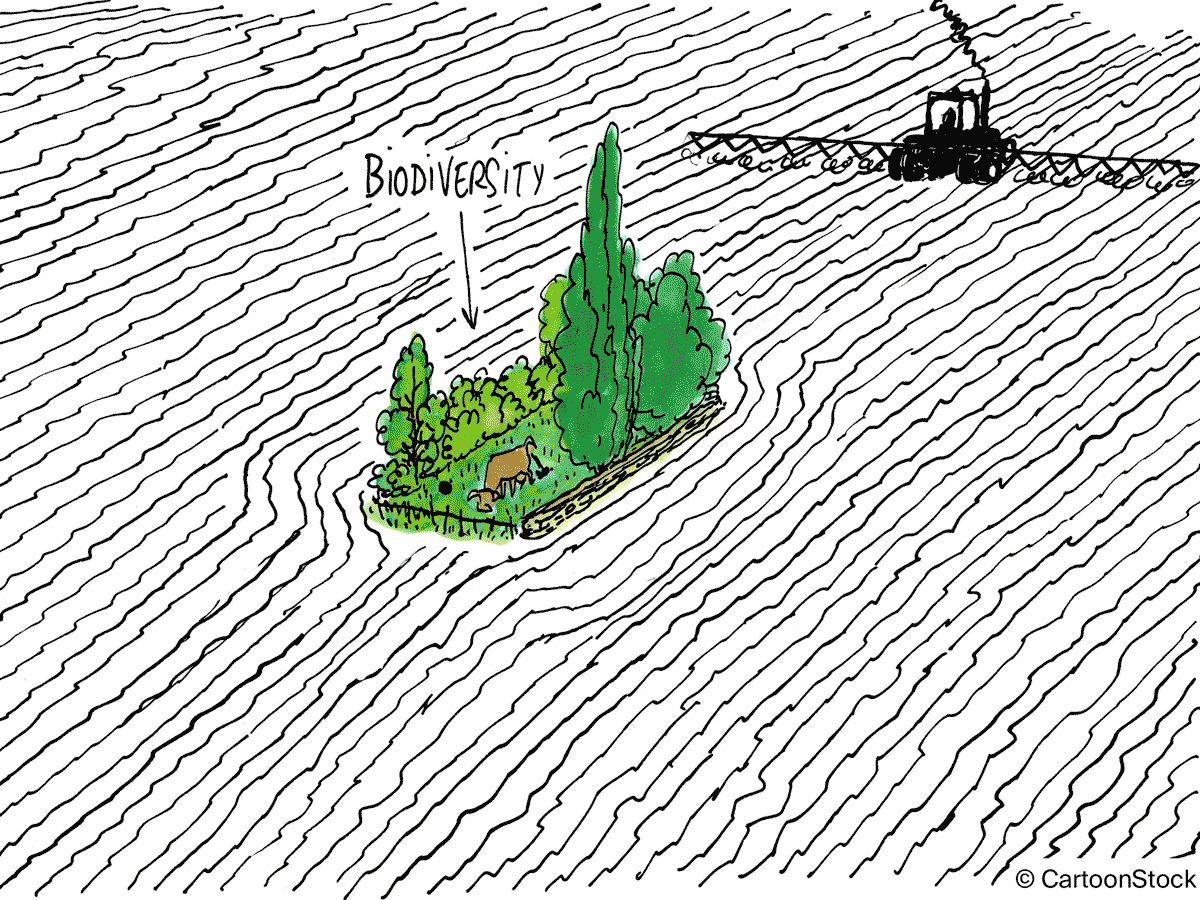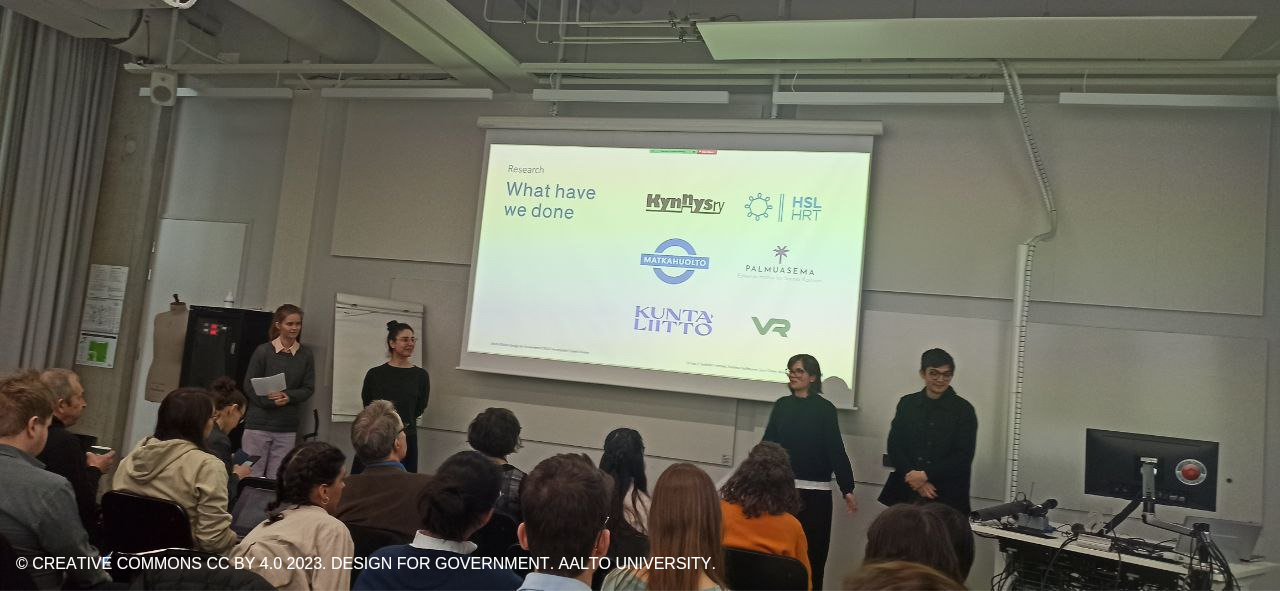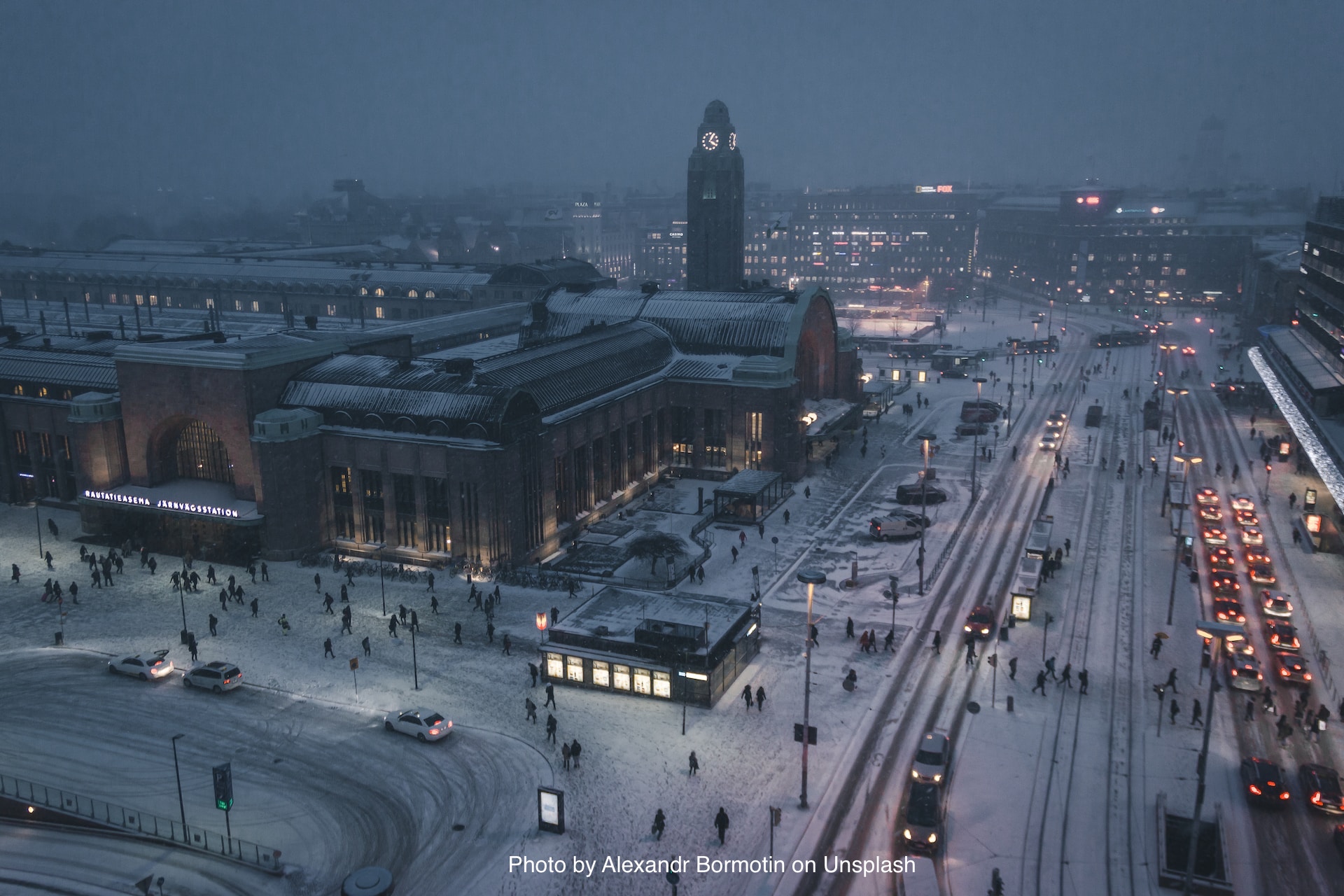Work in Progress…
In this blogpost a member from group 2B presents the group’s initial exploration of the given design brief on continuity of care in the Finnish healthcare system. Core issues discovered are shared and the path forwards projected by connecting the brief to key frameworks from systems thinking and design.










